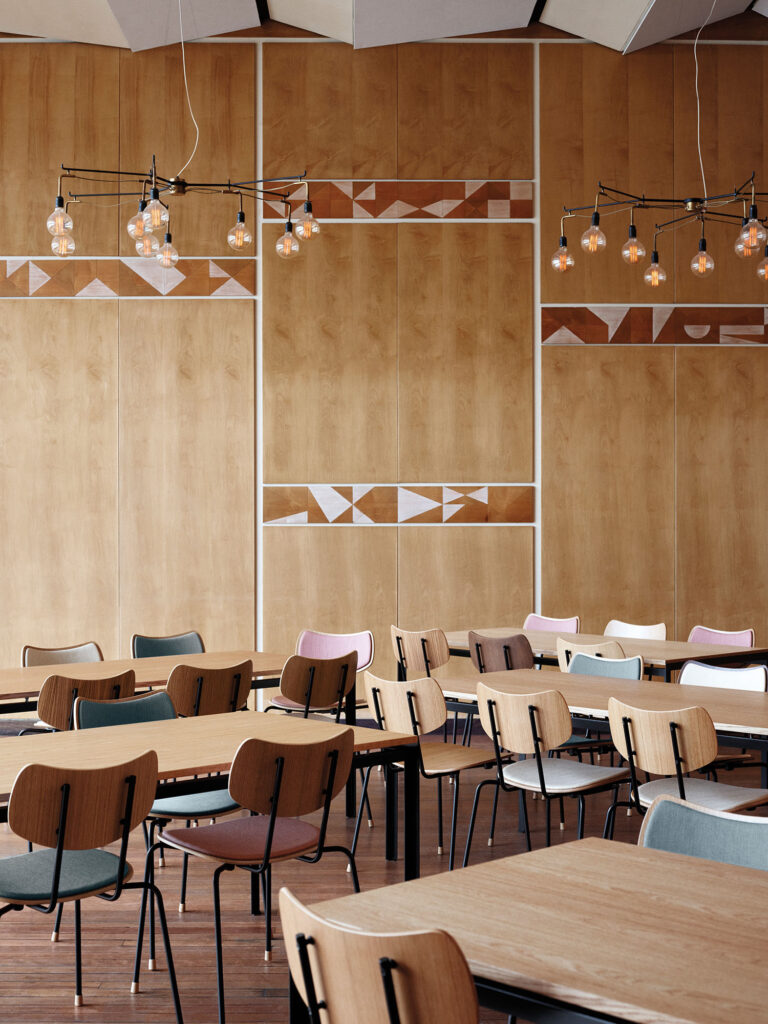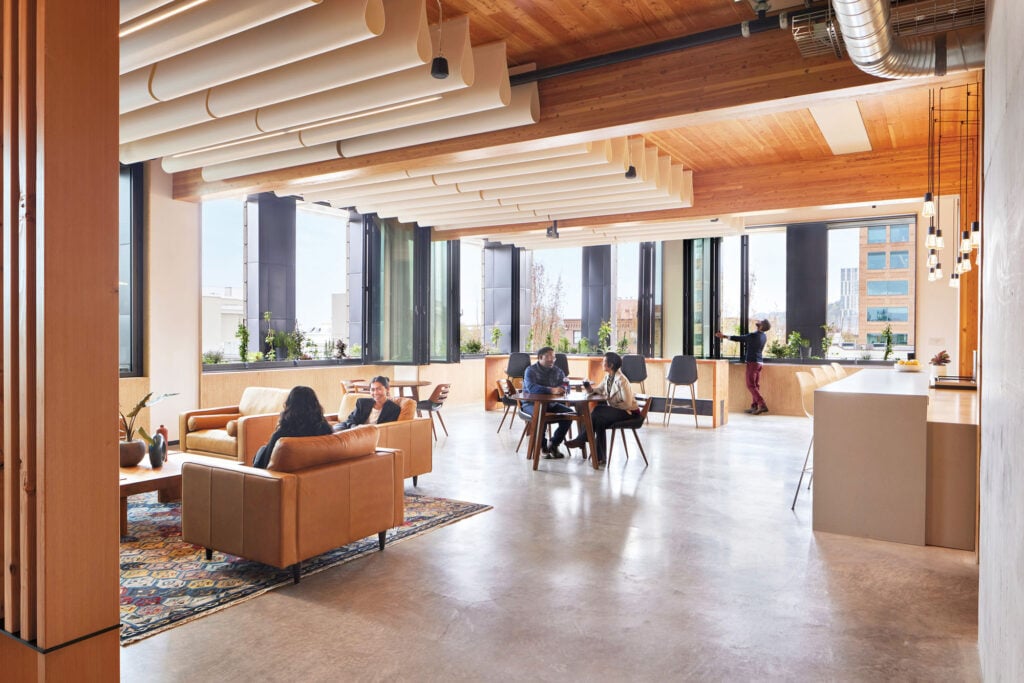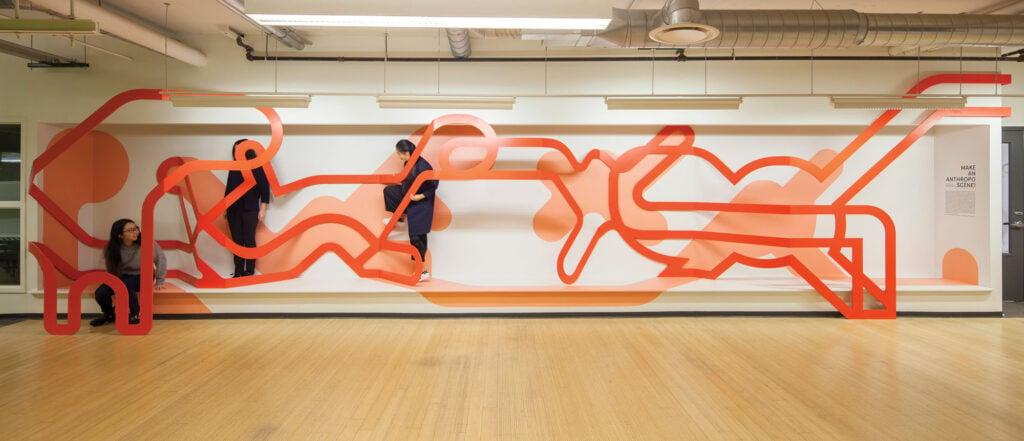
October 26, 2022
Carl Hansen & Søn Revives an Icon of Danish Functionalism

As part of the firm’s centennial, the company has partnered with Danish furniture manufacturer Carl Hansen & Søn to reproduce the Vega Chair for a wider audience, introducing a version that can be specified in steel or FSC-certified oak and upholstered in fabric or leather. Anne Møller Sørensen, partner at Vilhelm Lauritzen Architects, attests that while the design was “effortlessly simple,” it has always maintained “a very clear character” in its uncompromising detail and comfortable proportions.
Often referred to as the “Pioneer of Danish Functionalism,” Lauritzen revolutionized a Modernist “inside out” approach to architecture and design that prioritized functionality, context, and inclusivity. Firmly believing that architecture should be an applied art that serves all, rather than a luxury for the elite, Lauritzen left a legacy that lives on in the city today, whether one is catching a show at VEGA or a flight at Copenhagen Airport.
Would you like to comment on this article? Send your thoughts to: [email protected]
Latest
Projects
5 Buildings that Pushed Sustainable Design Forward in 2022
These schools and office buildings raised the bar for low-carbon design, employing strategies such as mass-timber construction, passive ventilation, and onsite renewable energy generation.
Projects
The Royal Park Canvas Hotel Pushes the Limits of Mass Timber
Mitsubishi Jisho Design has introduced a hybrid concrete and timber hotel to downtown Hokkaido.
Profiles
Meet the 4 New Design Talents Who Made a Mark This Year
From product design to landscape architecture and everything in between, these were the up-and-coming design practices making a splash in 2022.




